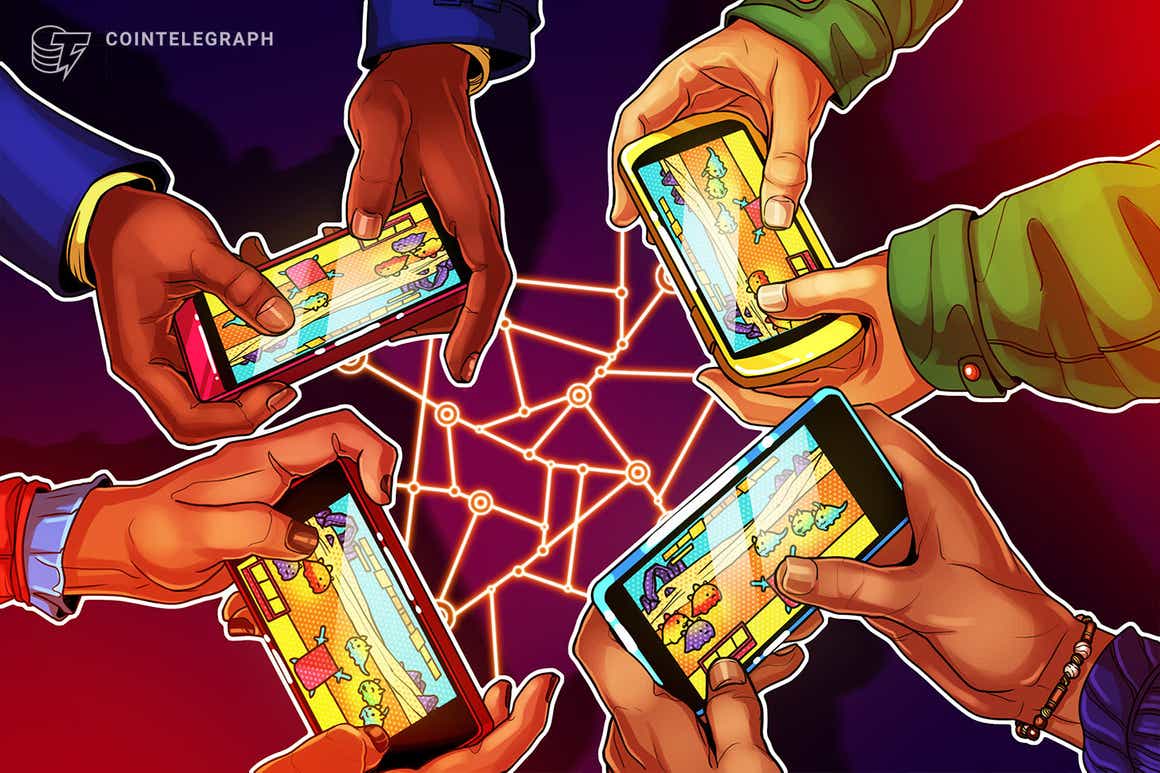If you’re not keen on joining Mark Zuckerberg in the Metaverse, I have bad news for you: You’re already there. You don’t need a virtual reality headse
If you’re not keen on joining Mark Zuckerberg in the Metaverse, I have bad news for you: You’re already there. You don’t need a virtual reality headset to enter a virtual world. Humans have been representing reality since our distant ancestors first painted on cave walls. If TV, radio, books or newspapers have ever given you access to events that you did not physically attend, you have experienced a kind of metaverse already.
Sport and games are another reality that we often partake in virtually — in the stands or behind a screen — when not on the field.
So, it’s no coincidence then that, thus far, games dominate what most people understand as the Metaverse, or more widely, Web3. Our innate love of play, our understanding that fulfilling games depend on rules and structures and our willingness to ascribe value to events that unfold in them are integral to our cultures — from soccer to chess to Roblox. They’re also an important part of the economy: The global sports market reached nearly $400 billion in 2020, even after pandemic lockdowns and market estimates for video gaming to reach $178 billion annually.

Therefore, it’s entirely natural that games are likely to lead the journey into more immersive and interconnected metaverses. It’s also likely that games will continue to deliver financial value to consumers, companies and countries in their meta-realities. Microsoft’s recent bid to purchase Activision Blizzard in an all-cash deal certainly underscores this point.
How such major online game franchises will integrate into a Web3 metaverse is yet to be seen but blockchain-based games that have risen to prominence so far such as Axie Infinity, Decentraland and Alien Worlds. These games have pioneered a play-to-earn (P2E) model that gives insight into that future.

Leveraging nonfungible tokens (NFTs) and in-game digital currencies enable players to generate assets in these games, trade them in token form and transfer out value into real-world currencies through crypto exchanges. A compelling development for gamers and non-gamers alike is that instead of brand owners (Facebook/Meta, Microsoft, et al) extracting all the value from games, players themselves can have a stake in a game’s success.
Related: NFTs find true utility with the advent of the Metaverse in 2021
Stories already began emerging last year of communities in the Philippines earning income from playing Axie, attracting so much attention that government officials suggested play-to-earn income should be subject to taxes. This phenomenon offers a glimpse of how an emerging crypto-economy could create financial inclusion opportunities. But, the rise and fall of one of Axie’s in-game currencies reveal the inherent challenges in developing sustainable economic models for games, as well as a practical reality that for metaverse games to succeed: They should be more about playing than earning.
It’s not the tokenomy
As an example, Axie Infinity is a game involving digital pets called Axies. When players contribute to the game’s ecosystem, they earn tokens. But, to get started, they must purchase their first Axie — an NFT that can appreciate in value over play. The game involves two tokens built on the Ethereum blockchain: Axie Infinity Shards (AXS) and the brilliantly-named Smooth Love Potions (SLP). SLP is earned in-game and is required to “breed” new Axies (please don’t ask how).
In a game world, a number of factors can contribute to the price performance of a digital asset such as Axies’s SLP. The way a token is distributed, the rules around supply, price-stability mechanisms, how governance is conducted and, of course, the power of expectation from the game audience itself all matter. But, utility may be the most important factor for a token that powers a game. Simply put, does the asset enable the holder to have the experience that they want? That might include aspects of gameplay to community status to earning opportunities. If players perceive value, then they’ll hold on to them or even buy more. Otherwise, as with any asset, people will sell off and invest time and money in something else.
In Axie Infinity, the utility of its SLP construct is how it allows players to create new Axie pets, which can make more SLP and create further value for the player. That positive feedback loop drove SLP prices to soar over the summer of 2021, but it has declined by 94% since then. That implies people have placed a higher value on what they can gain from selling SLP than from holding it and “breeding” more Axies. In other words, they have preferred to cash out than continue playing the game.

Early days
It’s important to remember that the play-to-earn concept is still in its infancy. Games like Axie are early experiments in models that combine gameplay with economics. Axie itself introduced SLP as a second in-game currency after it found that a single-token economy had its own problems with liquidity. Experimentation…
cointelegraph.com
